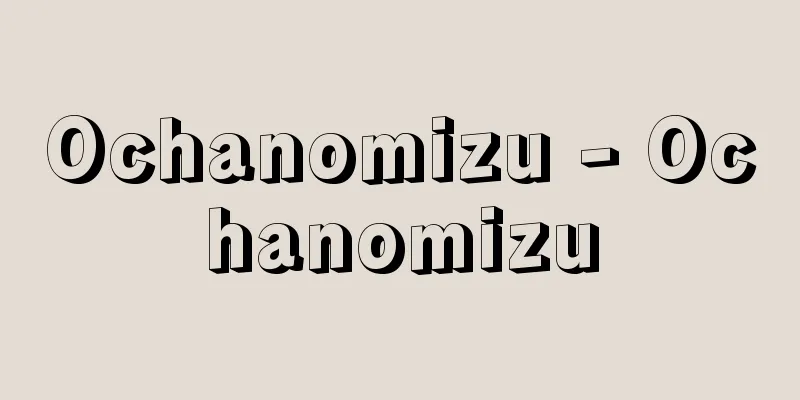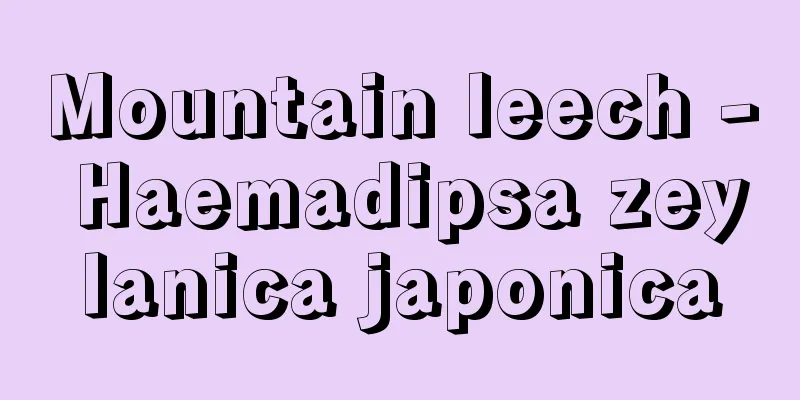Mu'izzi (English spelling)

|
...This system was continued by the Ghaznavid and Seljuk dynasties, and it is said that as many as 400 court poets served in the court of the Ghaznavid Sultan Mahmud, and Unṣurī (?-1039) was the first to receive the title of Poet Laureate. Excellent anthemic poets such as Mu'izzī (c. 1048-c. 1125) and Anwari served in the court of the Seljuk dynasty (1038-1194). Small regional dynasties also competed to employ court poets, and some poets, such as the poet Nizami, did not serve the court but wrote poems at its request. ... From [Persian Literature]... Although the Turkish Ghaznavid and Seljuk dynasties continued to rule from the early 11th century to the 13th century, these dynasties also became completely Iranian culturally and followed the traditional cultural policies of the Samanid dynasty, so Persian poetry continued to flourish even under the rule of foreign dynasties.It is said that as many as 400 Persian court poets served at the court of the Ghaznavid Sultan Mahmud in the first half of the 11th century, and a poet laureate system was established.Hermit poets such as Unṣurī, Farrukhī, and Manūchihrī were active, establishing the Khorasan style, which became the mainstream of classical Persian poetry, and further enriching their expression by incorporating much Arabic vocabulary. During the Seljuk period from the late 11th century to the early 12th century, Persian poetry reached its zenith in both quality and quantity, with court poets such as Mu'izzi and Anwari, the greatest poet of odes. It was during this period that Nasir Khosrow, a theological and philosophical poet who was a follower of the heretical Ismaili sect, and Umar Khayyam, the world-famous poet of the Rubaiyat (a collection of quatrains), a representative poet of Persian poetry, were active. *Some of the terminology that mentions "Mu'izzī" is listed below. Source | Heibonsha World Encyclopedia 2nd Edition | Information |
|
…この制度はガズナ朝,セルジューク朝にも受け継がれ,ガズナ朝スルタン,マフムードの宮廷には400人もの宮廷詩人が仕えたといわれ,ウンスリー‘Unṣurī(?‐1039)は最初の桂冠詩人の称号をうけた。セルジューク朝(1038‐1194)宮廷にはムイッジーMu‘izzī(1048ころ‐1125ころ),アンワリーのような優れた頌詩詩人が仕えた。地方の小王朝も競って宮廷詩人を召し抱え,詩人ニザーミーのように宮廷には仕えず,その依頼で作詩する詩人も現れた。… 【ペルシア文学】より… 11世紀初頭から13世紀にかけてトルコ系ガズナ朝,セルジューク朝の支配が続いたとはいえ,これらの王朝も文化的には完全にイラン化してサーマーン朝以来の伝統的文化政策を踏襲したため,異民族王朝支配下においてもペルシア詩は隆盛の一途をたどり,11世紀前半ガズナ朝スルタン,マフムードの宮廷には400人ものペルシア宮廷詩人が仕えていたといわれ,桂冠詩人の制度が設けられ,ウンスリー‘Unṣurī,ファッルヒーFarrukhī,マヌーチフリーManūchihrīらの頌詩詩人が活躍し,ペルシア古典詩の主流になった〈ホラーサーン・スタイル〉を確立し,アラビア語彙を多く採り入れて表現をさらに豊かにした。11世紀後半から12世紀前半にかけてのセルジューク朝支配時代にはペルシア詩は質量ともに最高潮に達し,宮廷詩人としてはムイッジーMu‘izzīをはじめ,頌詩の最高詩人アンワリーが現れた。異端イスマーイール派を信奉した神学・哲学詩人ナーシル・ホスローや,ペルシア詩の代表詩人として世界的に有名な《ルバーイヤート(四行詩集)》詩人ウマル・ハイヤームが活躍したのもこの時代である。… ※「Mu‘izzī」について言及している用語解説の一部を掲載しています。 出典|株式会社平凡社世界大百科事典 第2版について | 情報 |
Recommend
Peace Preservation Law - Chian Ijiho
This law was enacted in 1925 (Taisho 14) to suppr...
drummond phlox
...Perennial plants such as phlox and moth phlox ...
Soft energy path
...They certainly contrast sharply with the gigan...
Daimonjibi - Big letter fire
This is a fire lit on August 16th at Mt. Daimonji,...
Discontinuation of service - Kyoyo-Hishikōi
…The pedestrian-only areas that are often seen to...
Ikuchi-san
...The administrative area of Setoda Town inclu...
Emerald Island - Emerald Island
… The climate is warm and humid due to the influe...
Atriplex hortensis (English spelling)
…[Tetsuichi Yahara]. … *Some of the terminology t...
Ogawara paper
…According to documents from 1668 (Kanbun 8), the...
Takano Moronao
A military commander during the Nanboku-cho perio...
Akita clan - Akitauji
A feudal lord in the Dewa Province during the Seng...
Italian Combat Fasci - Italian Combat Fasci
… [motion] First, speaking of fascism as a moveme...
Place name - Chimei
A place name is a name given to a piece of land, ...
e-mail - e-mail
E-mail is like a letter exchanged over a network. ...
Osaka Rebellion - List of Osaka
...At this time, his younger brother Jitsunari, w...









